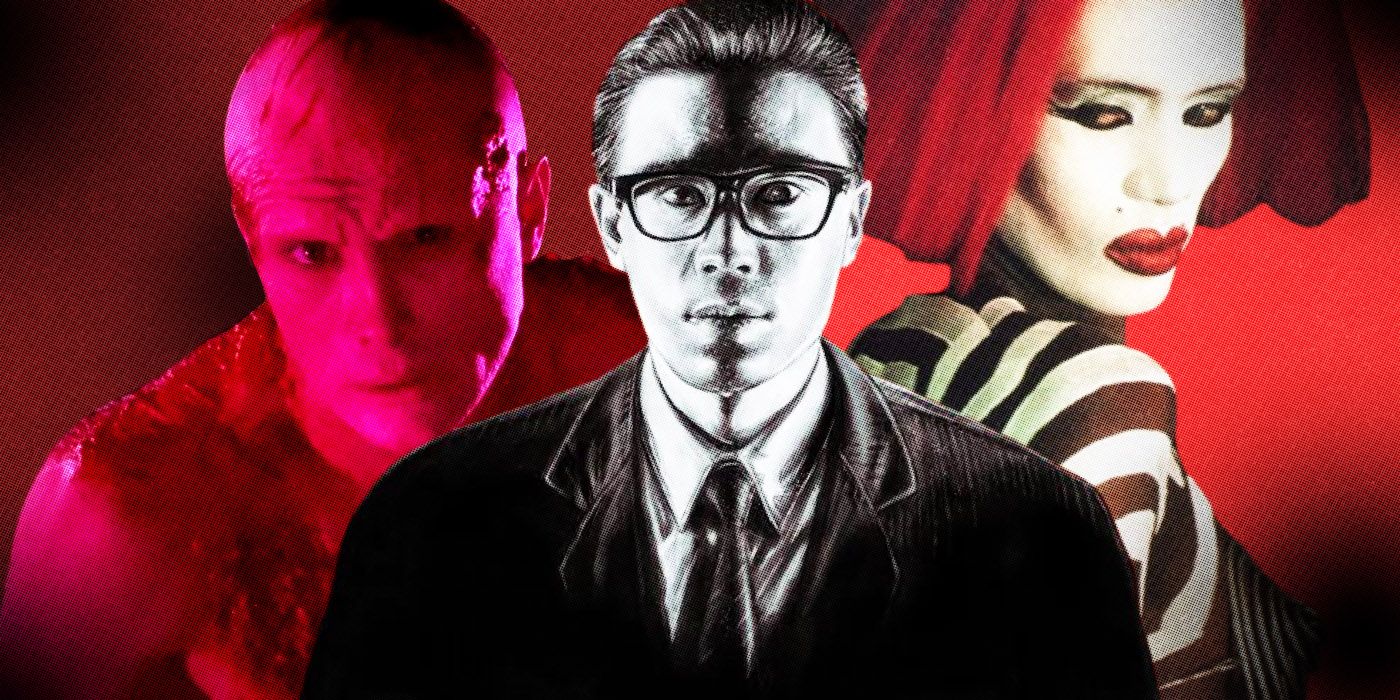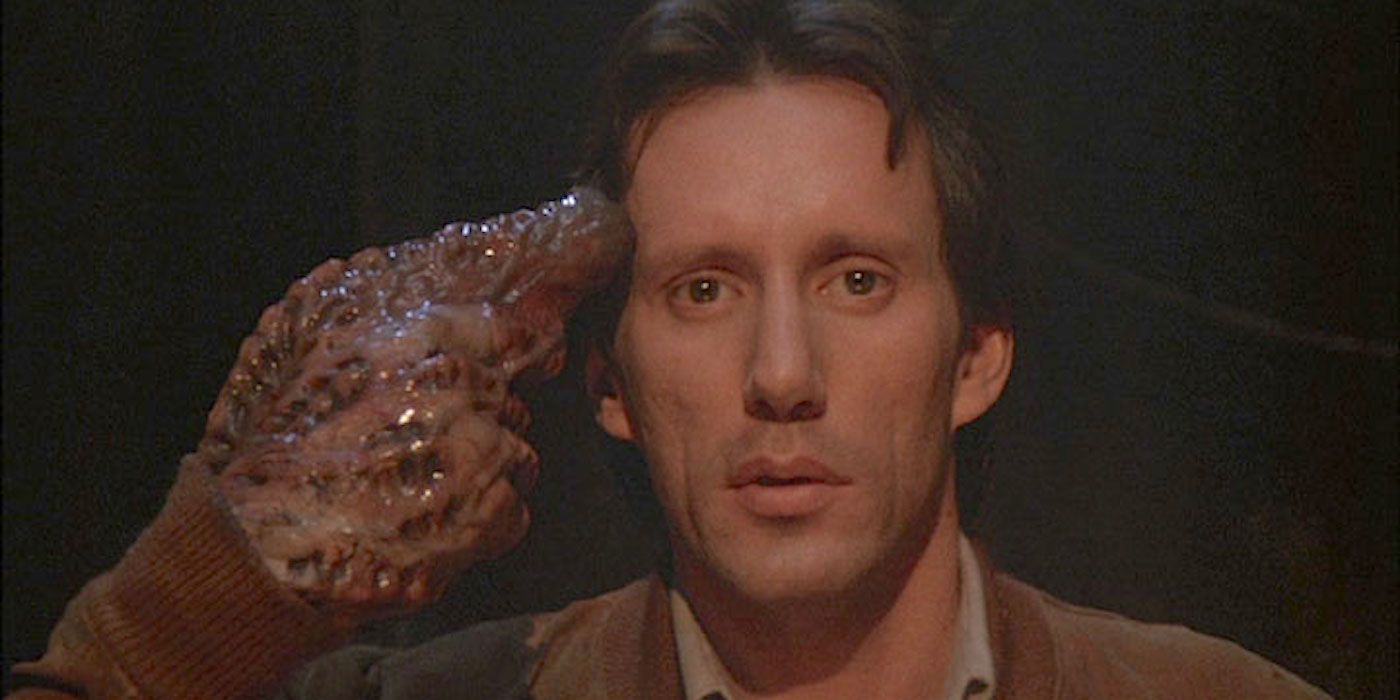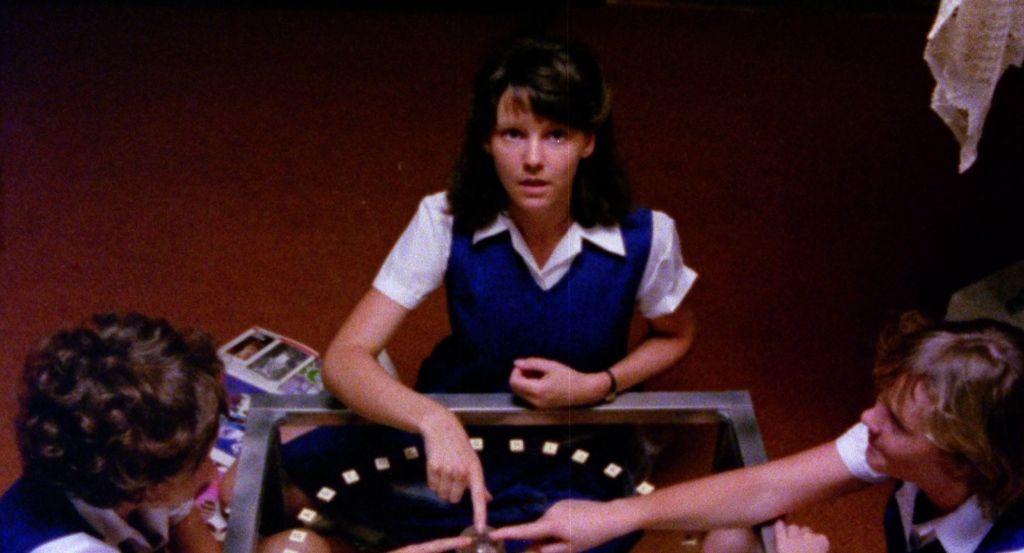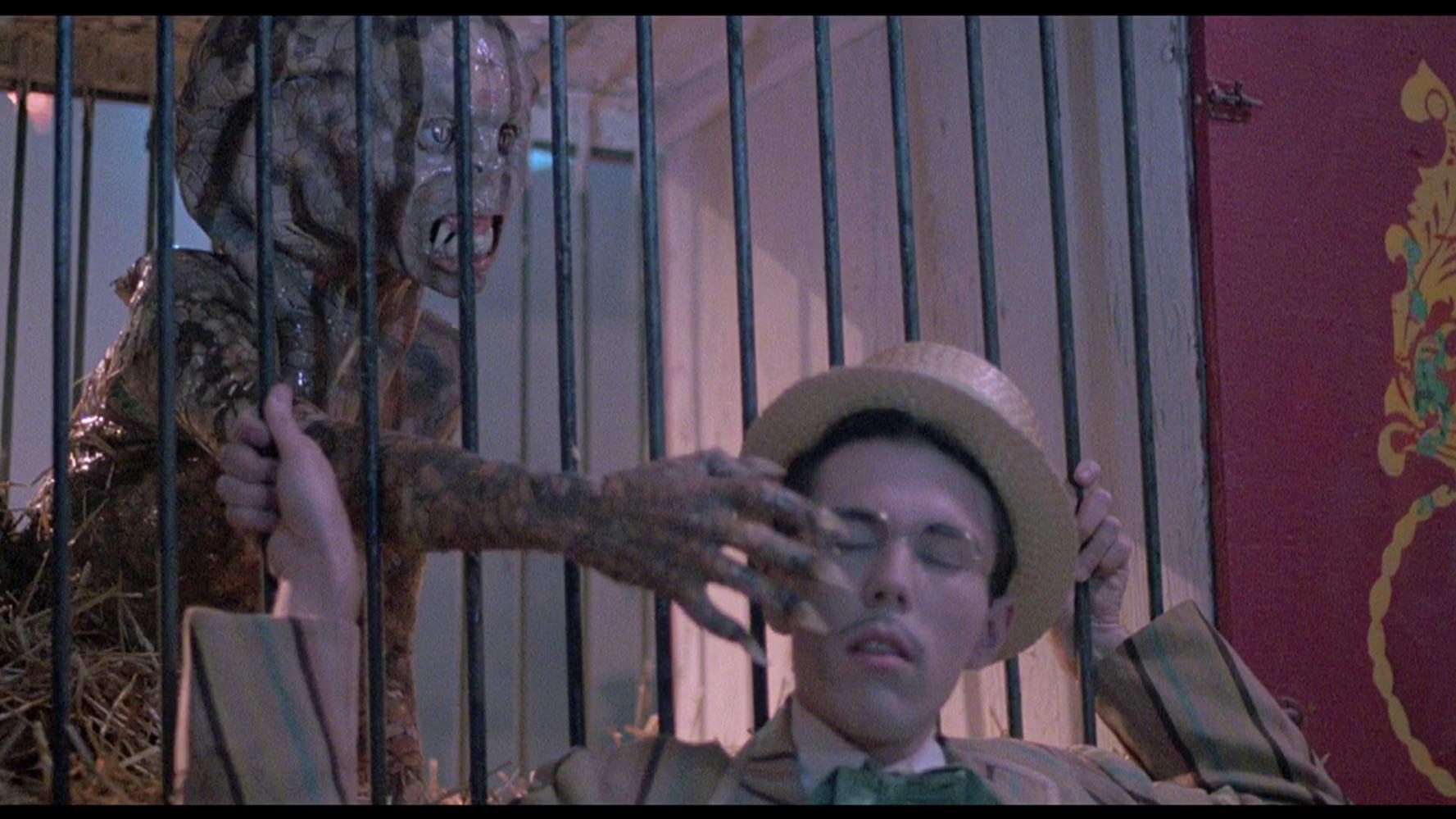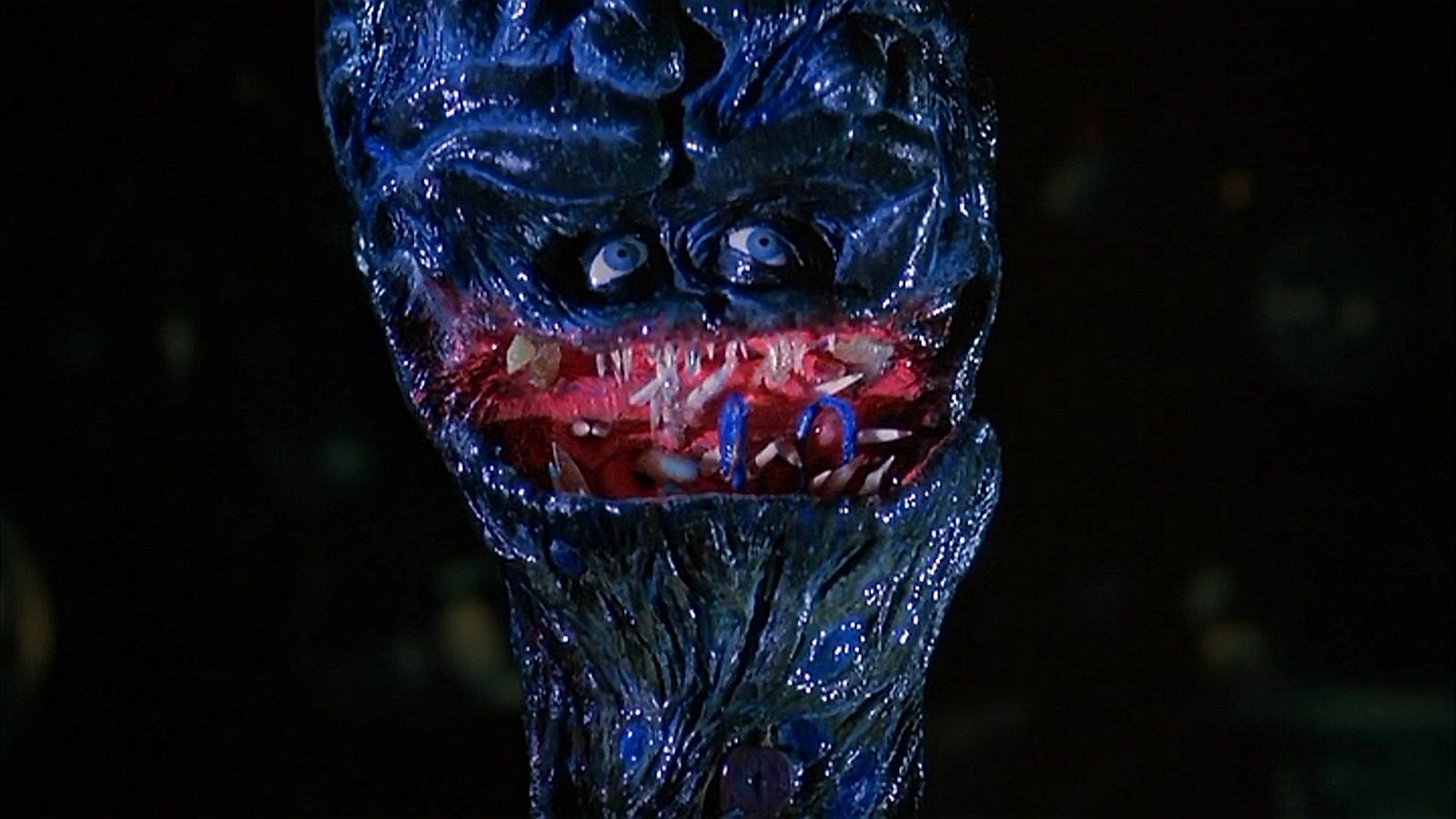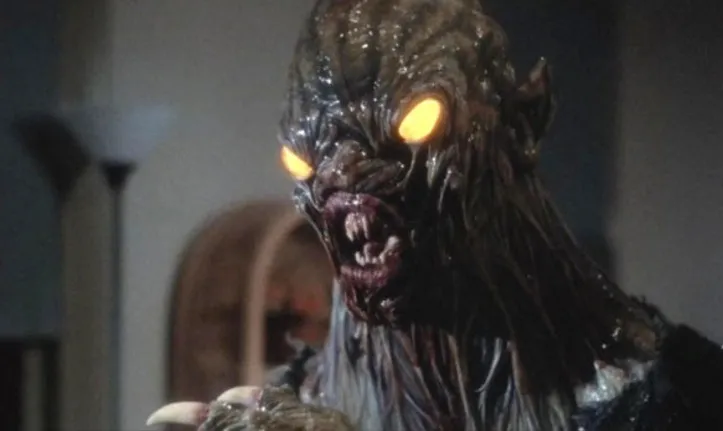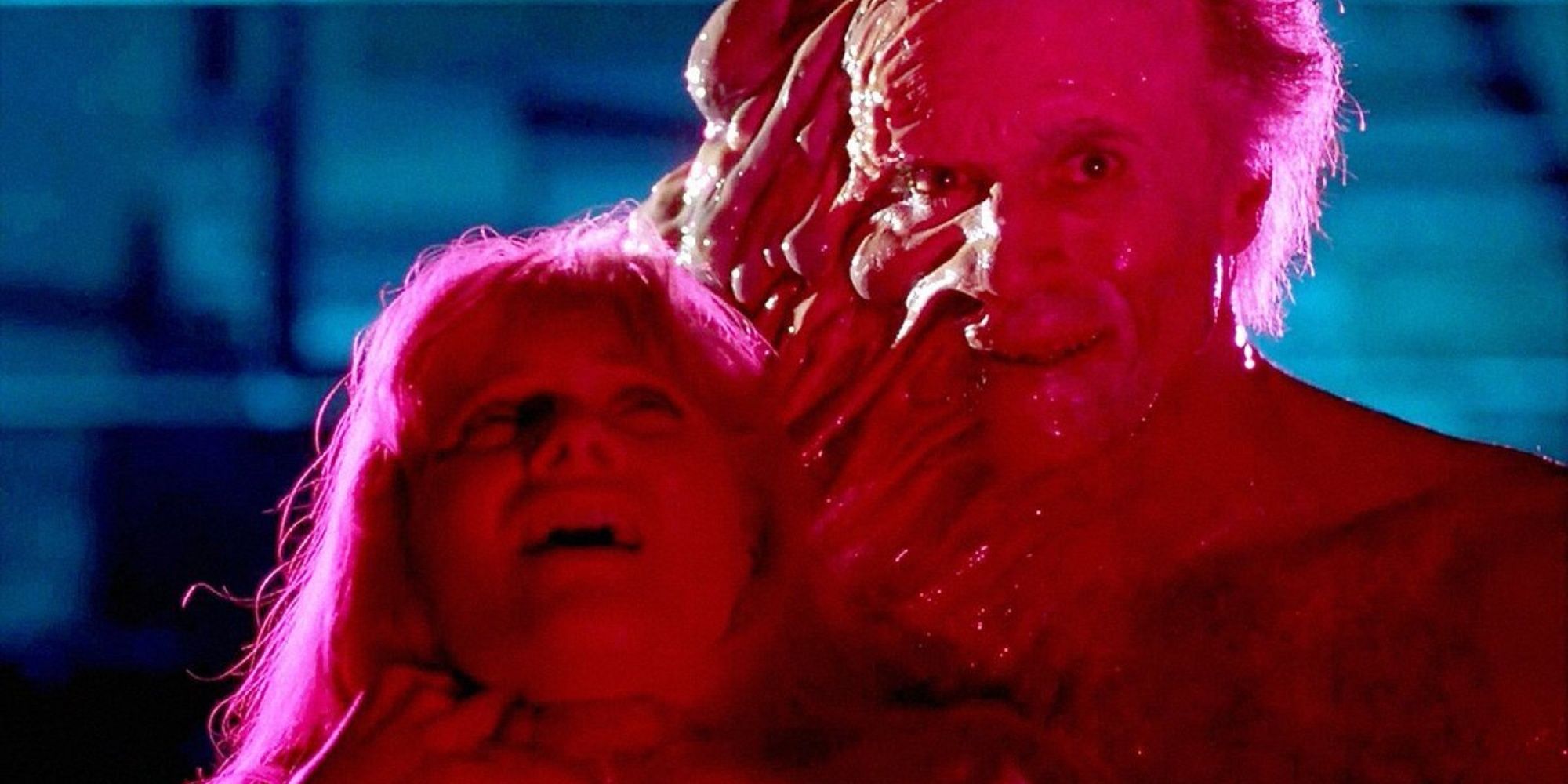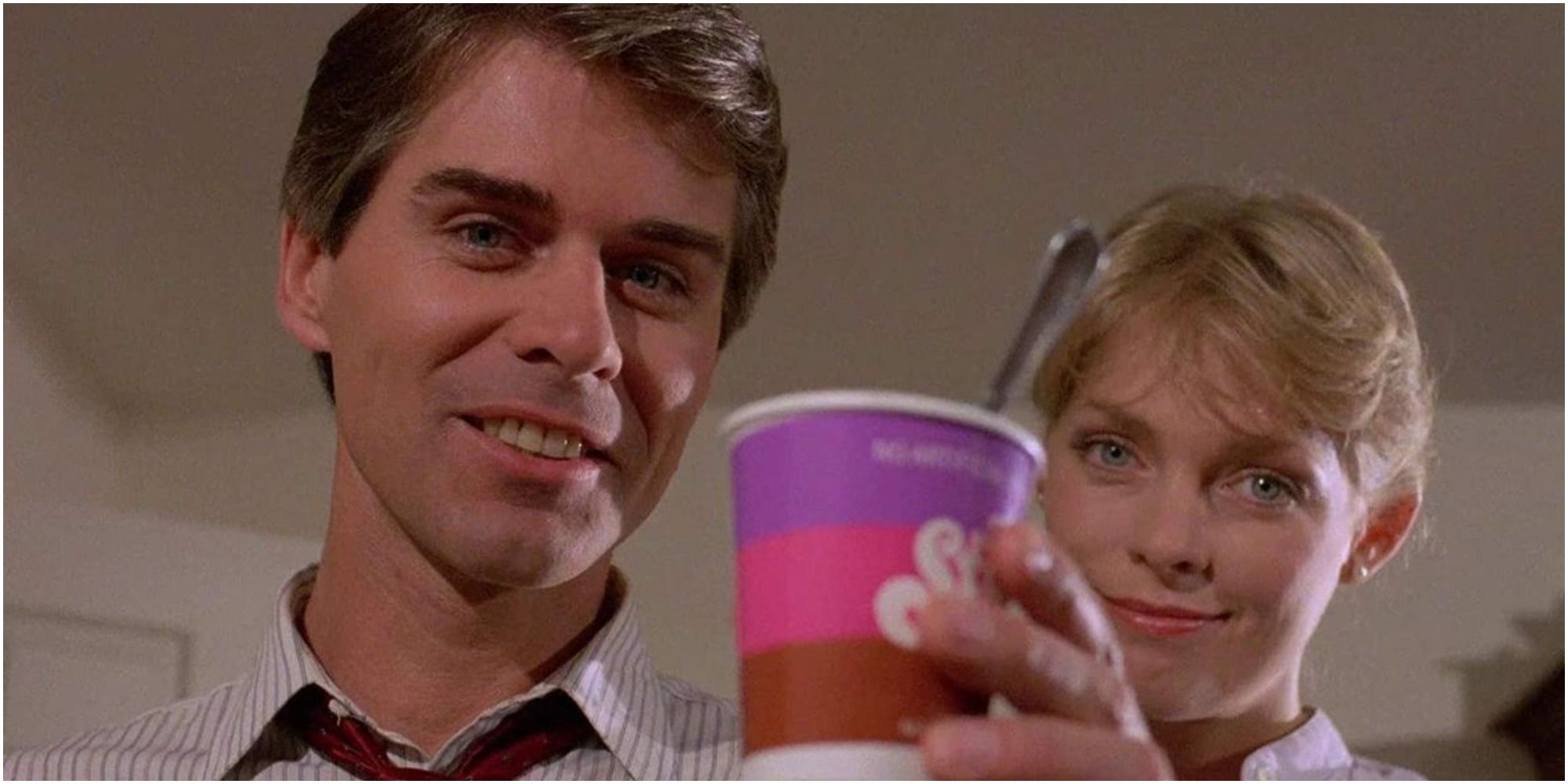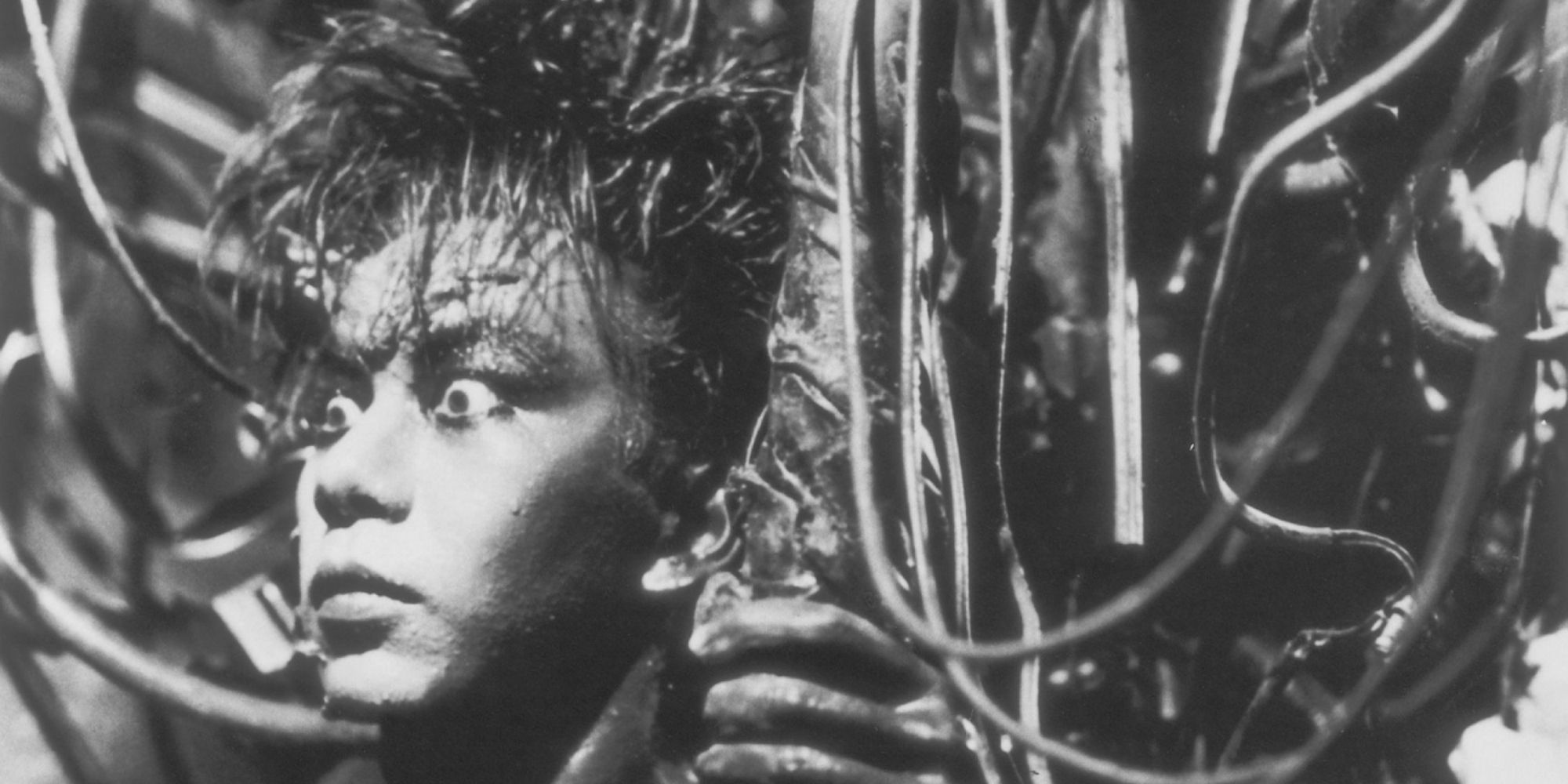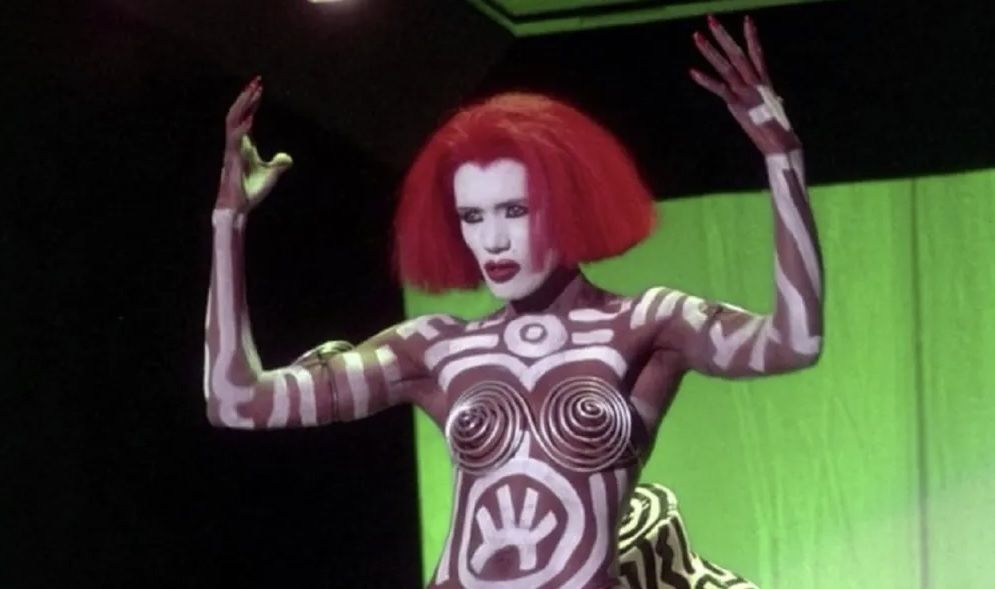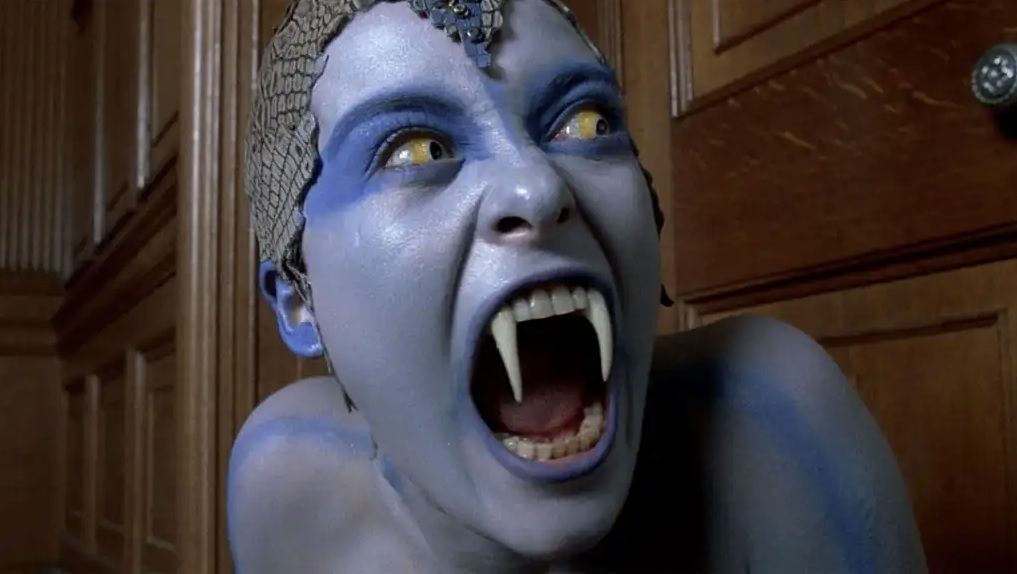As of today, the 1980s is arguably still the most celebrated decade in horror. We got slashers galore, out-of-this-world body horror, and creature features that made the classic Universal monsters look tame. Everything felt possible. Small studios could compete with the big guys, and it was a time right before CGI really took off when practical effects were at their absolute peak. With horror films coming out faster than you could blink, the 80s are guaranteed to have produced a film that fit even the pickiest viewer’s fancy.
It was also a decade of innovation and imagination where absolutely no holds were barred. Before big franchises dominated Hollywood, it seemed like anyone with any demented idea could get the funding to bring their vision to life. And bring them to life, they did. With so many ideas brewing, this decade brought forth some of the most bizarre films we’ve had the pleasure to grace our screens. From melting faces to sweetly addictive substances, we were given the weirdest of the weird in cinema. In the spirit of true 1980s excess, these films are over-the-top and deliciously eccentric fever dreams.
Videodrome (1983)
David Cronenberg's Videodrome tackled cursed film horror before we got the cursed film boom of the 90s and 2000s. It follows a yuppie television executive, Max Renn (James Woods), who becomes obsessed with figuring out a way to keep viewers tuned in. While looking for the next big thing, he stumbles upon a television show named “Videodrome” while searching through obscure satellite TV channels. The show’s depictions of graphic torture and sex strangely draw in its viewers in a manifestation of dark obsession. Renn’s fascination with the show leads him on a strange journey in an effort to uncover its secrets.
As one of the reigning kings of body horror, Cronenberg’s film uses violations of the body as a way to explore questions surrounding sensationalistic consumerism and the intersections between sex and violence in media. In the world of Videodrome, bodies and objects contort in ways you would never dream. Nothing is sacred and only television is real. “Long live the new flesh!”
Alison’s Birthday (1981)
Fans of Ari Aster’s Hereditary would love its campy Australian cousin. Like a lot of good horror films, it all starts with an Ouija board. On her 16th birthday, Alison (Joanne Samuel) and her friends contact a spirit who warns her that she will be in danger on her 19th birthday. For years, this event haunts Alison until she receives an invitation from her aunt and uncle to visit them in her hometown. Once there, she makes a startling discovery in the backyard that spells her fate.
This gem of folk horror manages to balance some genuine comedy with startlingly unsettling imagery. It is equal parts incredibly uncomfortable and strangely endearing. Alison’s boyfriend, Pete (Lou Brown), is the heart of the film as viewers watch him sleuth around town to uncover her family’s secret. It’s filled with mysticism, creepy cult members, and very suspicious tea ... what’s not to like? Unfortunately for Alison, this birthday isn’t a happy one.
Waxwork (1988)
Anthony Hickox’s Waxwork is as much of a work of art as the ensemble of characters it hosts. A group of friends visits a wax museum that boasts several macabre exhibits and gets separated. Along the way, they encounter an array of monsters and seemingly no way out. Each exhibit in the film is like its own little vignette and, in many ways, the film feels similar to an anthology. What other film could you find Dracula and Marquis de Sade in the same runtime?
Part of what makes the film so weird is the sheer amount of scenes that just ooze secondhand embarrassment. The acting is pure cheesy goodness. This one has a knack for eliciting a chorus of uncomfortable chuckles, and you’ll also probably find yourself quoting it ad infinitum. Steak tartare, anyone?
Brain Damage (1988)
A Frank Henenlotter classic. Honestly, any Henenlotter film would be perfectly at home on this list. Brain Damage, however, is body-horror heaven. The plot centers around a young man named Brian (Rick Hearst) who finds out he has become the unsuspecting host of a parasitic, yet strangely charismatic, worm. This film is essentially what one could imagine would happen if a James Bond villain in the form of an eldritch terror lived in your brain and offered you mind-blowing drugs.
If the plot synopsis wasn’t weird enough, the ending will definitely get you. Despite the film’s obvious sense of humor, it often comes off as strangely philosophical. In true Henenlotter fashion, Brain Damage uses absurdity to tackle important issues like drug addiction and the aimlessness of youth. This is a sickeningly slimy great time that sometimes feels more like one long hallucination rather than a movie.
C.H.U.D. (1984)
One look at this film’s poster tells you that it's going to be a hell of a ride, but who doesn’t love a good mutant movie? If you’re curious, C.H.U.D. stands for Cannibalistic Humanoid Underground Dwellers, and the entirety of the film revolves around several New York City workers who investigate a series of mysterious murders that bring them down to the sewers. The film is most fun when you watch it as a Home Alone prequel as a lot of the actors in C.H.U.D. have appeared in the franchise at one point or another.
The character design embodies all the hallmarks of endearing B-flicks and is largely why this film has become such a cult classic. In many ways, C.H.U.D. has a lot of similarities to horror classics such as Guillermo del Toro’s Mimic and Jordan Peele’s Us. In fact, if you look closely, you can find a C.H.U.D. Easter egg at the very beginning of Peele’s film that hints at the origins (and motives) of the tethered.
From Beyond (1986)
Stuart Gordon’s From Beyond is a bit of a doozy. The screenplay was partly written by Brian Yuzna, who famously directed another weird 80s flick worth checking out, Society. This film follows a group of scientists who build a machine that allows those close to it to see beyond their realm. By unlocking this ability, however, they soon learn that not everything is meant to be seen or understood. Once the scientists successfully see into another dimension, its creatures transform one of them into a hideous monster that begins to prey on the other scientists.
This film is a kaleidoscopic cosmic horror with practical effects that might melt your brain. It functions as a film adaptation of H.P. Lovecraft’s short story of the same name and really manages to capture that visceral feeling of how vulnerable our bodies truly are. There is a whole lot of funk, gunk, and bodily fluids that fly everywhere to the point where it’s kind of disgustingly amusing. The weirdest part is that, despite all the nasty stuff flying all over the screen, you’ll actually like it.
The Stuff (1985)
This film will make you hungry but might turn you off from yogurt or marshmallow fluff for a while. It begins with a bunch of workers who come across a bubbly substance while digging into some rock. It must’ve looked very appetizing because, for whatever reason, the workers decide to try it and find it to be outrageously delicious. Of course, it doesn’t take too long before it’s packaged up and sent out to the public for all to enjoy. Not before long, weird symptoms begin to sprout up in those who have been enjoying the yummy treat.
The Stuff oftentimes comes across as the creepy commercial that you wake up to in the middle of the night after falling asleep with the TV on. It really gets you thinking about how easy it is to fall into trends and, most importantly, what is actually in the food we enjoy every day. The strangest thing, however, is that the stuff does actually seem pretty appetizing even once the end credits start rolling. Hey, I'd eat it.
Tetsuo: The Iron Man (1989)
Not to be confused with Marvel’s Iron Man, Shinya Tsukamoto’s cyberpunk nightmare is just as disgusting as it is breathtaking. Unlike the other films in this list, it is solely in black and white. What it lacks in color, however, it makes up for in exceedingly unsettling imagery. In a lot of ways, Tsukamoto’s film is evocative of David Lynch’s Eraserhead with shades of Cronenberg’s Videodrome. It’s also a bit difficult to not think of Katsuhiro Otomo’s Akira due to the similar techno-horror themes and shared names between both antagonists.
This is not necessarily a film that you watch for the plot because it’s pretty easy to get distracted by just how dirty it is. It totally leans into the weirdness and never relents. The film follows a pair of men, one is an average salaryman and the other is a metal fetishist, it follows their antics until a final showdown between the two that manifests in a climax that can only be described as an existential crisis.
Vamp (1986)
Is any list ever actually complete without a vampire flick? Vamp tells the story of two frat guys who go to a strip club in hopes of hiring a stripper to entertain their friends. What they don’t know is that they managed to pick (presumably) the only strip club in town that’s loaded with a bunch of vampires. Unsurprisingly, things don’t go very well, and they have to figure out a way to escape from their clutches.
This film often gets compared to Robert Rodriguez's From Dusk Till Dawn, however, Grace Jones’ performance as the utterly enchanting Katrina easily goes down as one of the most hypnotizing dance sequences in horror. Sorry, Salma Hayek. Vamp is a colorful and incredibly campy foray into the legacy of vampire films. It is the 80s in flesh.
The Lair of the White Worm (1988)
Ken Russell’s 1988 cult classic The Lair of the White Worm is an adaptation of what is largely considered to be Bram Stoker’s worst piece of writing. Though the source text was critically panned, Russell’s work bears little resemblance to its inspiration apart from small plot similarities and inspiration drawn from the old English legend of the Lambton worm. This film is so full of phallic imagery that you just might be able to make a pretty effective drinking game out of it.
The plot follows an archeologist, Angus Flint (Peter Capaldi), as he uncovers a large skull that resembles a snake. Once the news spreads, a priestess named Lady Sylvia Marsh (Amanda Donohoe) steals it for nefarious purposes. After discovering it's gone, Angus ventures to her home with a group of people to retrieve it. Things quickly get very weird after they dare venture into Temple House. This is one of those films you truly have to see to believe.

